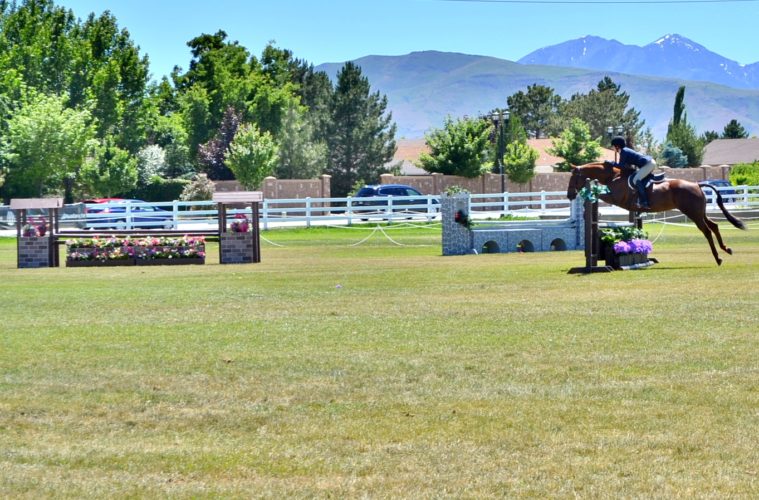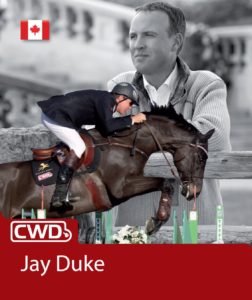Show jumping is 90% mental! I’m sure you have either heard this statement or said it yourself. An important part of a rider’s success in the show ring is the course walk. Being prepared, positive, and focused is essential for every athlete as they enter the competition ring. As a coach and rider I like the term ‘being present’. An integral part of attaining this state of mental preparedness is how you approach the course walk and the time you spend between the walk and your round.
1. Have a clear strategy in mind before the walk. Specifically, are you attempting to win this class, be competitive but not take risks, or is this a schooling round for the horse.
2. Familiarize yourself with the details of the ring and the jumps. It is helpful to walk the exact track you will be riding, this way you will not be seeing it for the first time when on your horse. Pay attention to the corners before and after the jumps. The fences are only a part of the course. For example, if there are 100 canter strides from the start line to the finish, and it is a 10 jump course, then 90% of your ride is flatwork. Be able to visualize every jump in your mind, the design of it, the color, etc.
3. Always check the placement of the start and finish timers.
4. If time permits, walk the course twice. The first time with your coach, the second by yourself.
5. Make a strategy that is best for your horse. Know that you can change the plan, it is important to have flexibility with your ride. Unforeseen events can happen on course and you need to be able to adapt. I always tell my riders that you can always make changes , just make sure that if you do, make the right change.
6. If you have multiple horses in the class, walk the course based on the first ride. Focus on the next horse before that ride. Be in the moment, not thinking about the past or the future. Its possible you will make adjustments after having ridden the track.
7. If you are undecided on a count in a line, it is only an issue if you are first in the order. Watch other horses with a similar step to your horse, then finalize your plan. If you are first, believe in your strategy. My favorite position was always as first in the ring. With a great round, you put pressure on the other riders and can defeat them before they even ride.
8. After walking, mentally visualize the course. First, go through it step by step looking at what may happen. Example 1; your horse may spook at the corner, making the line tougher to the next fence. Example 2; your horse drifts to the right and that will change the bending line distance. Example 3; your horse could get strong in the last line towards the gate, etc. This prepares you for different circumstances which may occur in the ring. Now go through the course in your mind again. This time visualize everything going perfectly, exactly to plan. The feel of your horse in the air, the shape through the corners, every distance coming up perfectly, etc. For me this the key point. Be prepared, be positive!
About Jay Duke: Jay has been a Canadian Equestrian team member, and has represented his country at shows in Washington, New York, and Toronto. He’s been the leading rider at the Spruce Meadows North American Championships, trained notable hunter and USEF horses such as Mindful, King David, and Caymus, and coached two riders to medal-winning performances at the NAJYRC. He is also a senior course designer with Equestrian Canada and offers clinic opportunities around the world. You can read more work from Jay Duke at his website, jayduke.com


